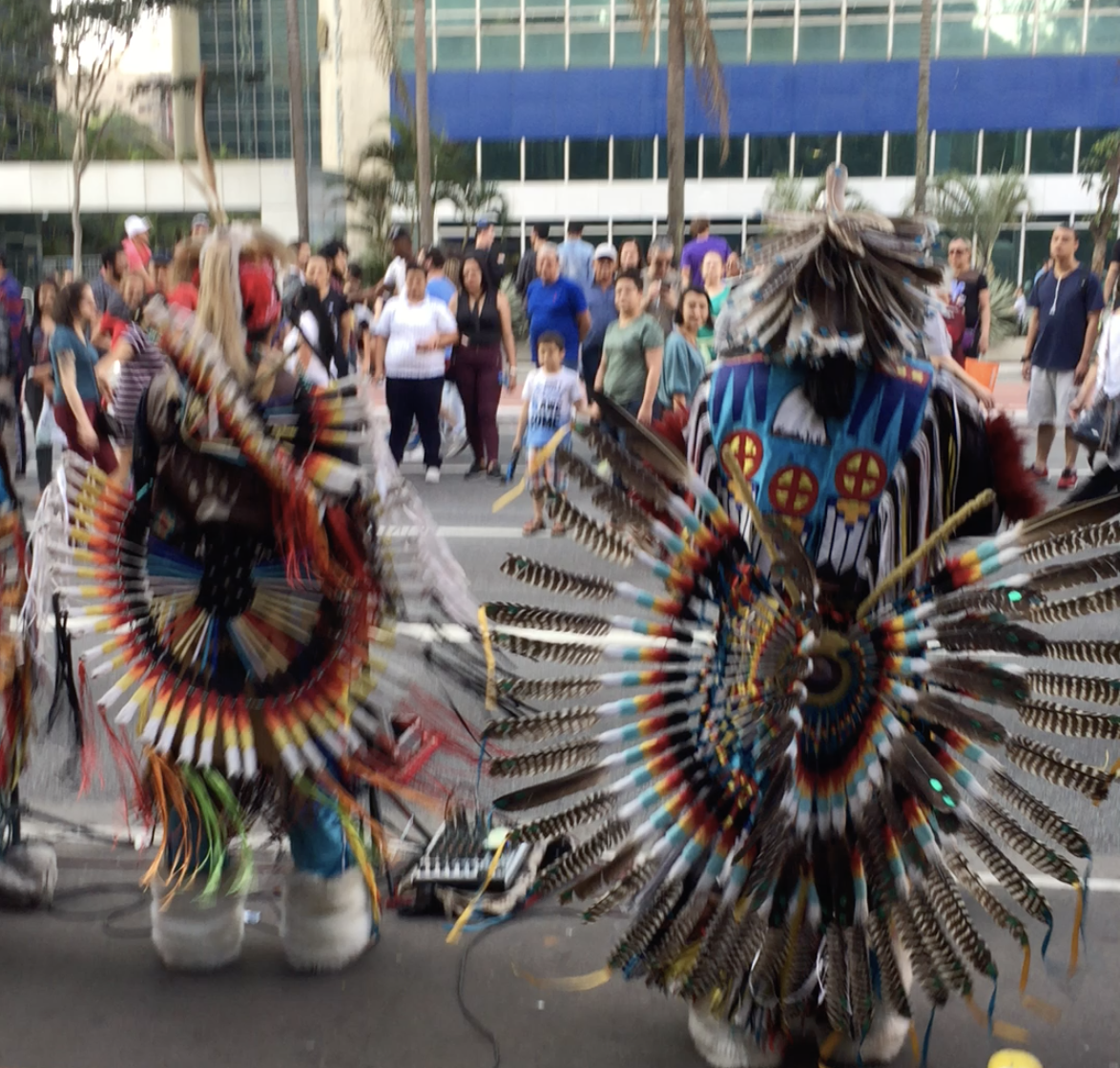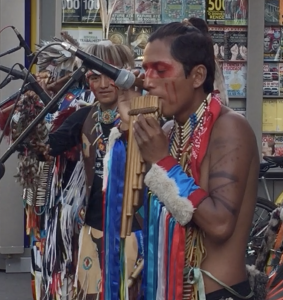
Peruvian Music

Chumaichada, is the dance from the amazon region of Peru with strong influences of dance and music. Creole Waltz – a Peruvian adaptation of the European Waltz and Cueca a pan-Andean compound with ¾-6/8 dance rhythm. The most popular dance in Peru is the Marinera Nortena which represents a man’s courting a young woman.
In the high Andes mountains of south-central Peru are the traditional setting for the Quechua Danza de Tijeras ( Scissor dance), performed by Tusuq dancers. During the 15th century Catholic priests banned ancient agricultural rituals and persecuted scissor dancers as they refused to abandon their ancient traditional ideas and the scissor dancers were identified with devil.
A Peruvian man playing a siku or zampona (panpipe) which has been in use for over 2000 years. The siku has two rows of canes and are tuned in either pentatonic or diatonic scales. Another indigenous Andean musical style called Saya which is derived from flutes, panpipes and string instruments.
In Incas and their empire, money did not exist as the people had no need for it. The king owned everything, and the government catered for people’s needs, including food and housing in exchange for their work. However, coins made of precious metals were introduced by Spaniards in the 16th century.
